Tokyo’s Toyosu Fish Market is a new and updated version of the older, traditional Tsukiji Fish Market which officially closed its doors in 2018. The new fish market promises to be just as exciting as its predecessor.
In this article, we will be exploring Tokyo’s Toyosu Fish Market, Exploring it through its history, conception, location, and even the different sections of the market so that you don’t miss out on your next visit to Tokyo.
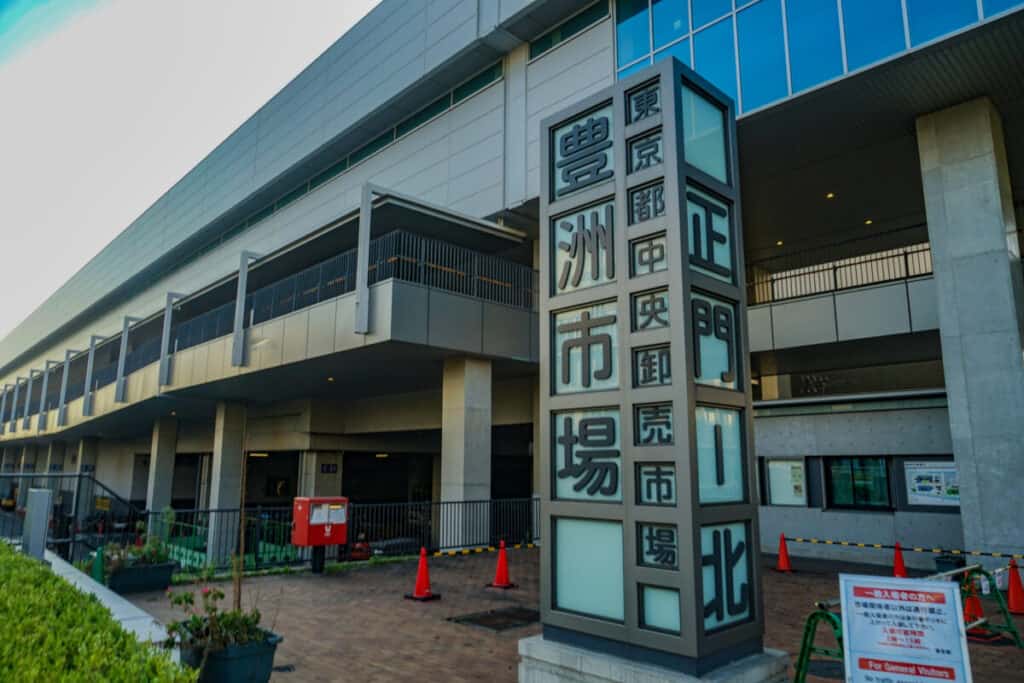
About Toyosu Fish Market
Opened in 2018 on October 11, the Toyosu fish market is located in the Bay of Tokyo on the artificial island of Toyosu. This fish market was constructed to breathe a new life into the older and then outdated fish market called “Tsukiji fish market”.
The fish market is a wholesale market that is also open to the public both for restaurants and viewing the daily activities of the market. The fish market caters to some of the best restaurants around and the nearby restaurants are open to visitors, allowing you to experience some of the freshest seafood that Tokyo has to offer.
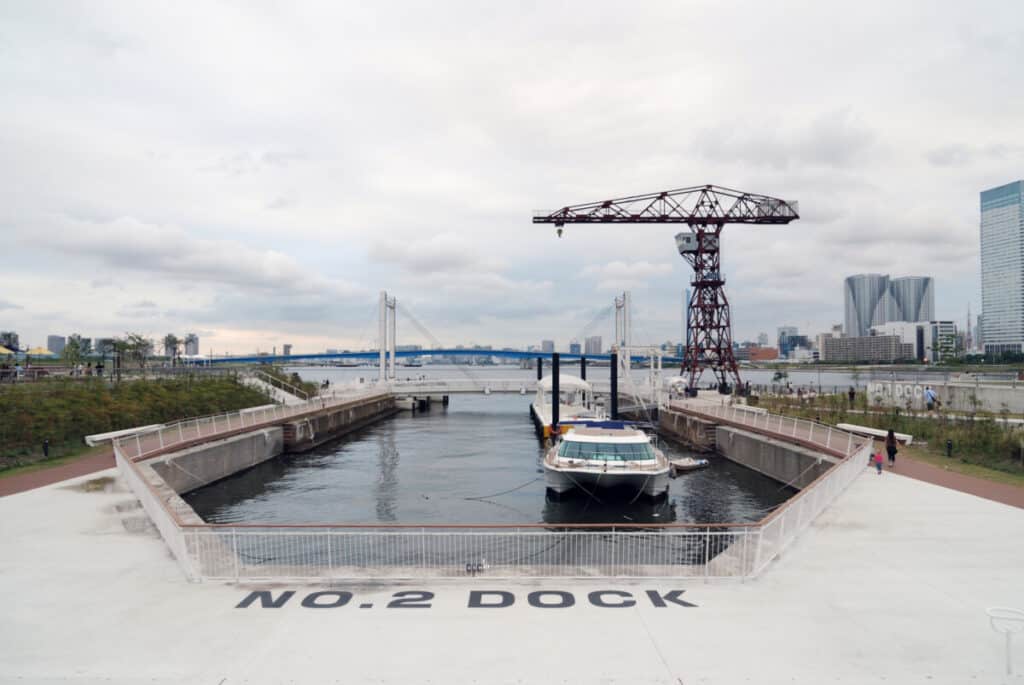
In addition to the fish section of the market, there are also two other sections: the fruit section and the vegetable section. Each section is allocated its own individual building, but access between them is made easy via accessible walkways and viewpoints.
When the original Tsukiji market was closed and the Toyosu market opened, more than 600 individual merchants followed the move and have now set up shop in the Toyosu market.
Are there admission fees?
Fortunately for many people hoping to catch a glimpse of the action, there are no entry fees for the Toyosu market. However, you will need to get a visitor’s pass from the desk when you enter the building. This will give you access to the market itself and the viewing stations throughout the market.
What is there to see at Tokyo’s Toyosu fish market?
Although a fish market may not sound like a particular enthralling day out, this is simply not the case when it comes to the Toyosu market. The rich history behind each of the vendors as well as the fish market in general makes the massive market interesting to many people.
Here we will list some of the must-see things at Tokyo’s Toyosu fish market.
Tuna auction viewpoint
One of the main attractions at the Toyosu fish market is the tuna auction. This event draws in people from all around and thanks to the new buildings, which have their strategically placed viewpoints you can catch a glimpse of the action without the need to disrupt the auction area and still see the interesting activities on the floor.
One thing to note is that the windows are double glazed. Although this means that the area is kept at a comfortable temperature no matter the time of year it does also mean that it is very difficult to take photographs as the windows are very reflective.
Additionally, you will not be able to actually hear the auction taking place due to the thickness of the glass.
Tuna auction observation deck
If you would like to be closer to the action taking place at the tuna auction then head down to the observation deck. Here the viewpoint is only separated from the auction by the single-paned glass. This means that you are able to hear the auction as it is taking place and you will have more luck taking the perfect photo.
However, due to the popularity of this particular location for the tuna auction, you will need to reserve your spot in advance.
The rules for viewing times are very strict: three different groups of forty people are permitted to watch the tuna auction for a maximum of ten minutes between the times 5:45 and 6:15.
You will need to submit your viewing application the month before during their application window.
However, simply applying does not guarantee entry as the slots are awarded by a lottery system, and those lucky enough to be granted access will be informed of their success after the submission deadline.
Seafood auction observation point
If you are looking to get away from the hustle and bustle of the tuna auction then head to the seafood auction viewpoint where there are windows to allow you to see into the hall. Here the other types of seafood are sold.
However, the significance of the tuna auction is made abundantly clear by the use of the color code green, which allows buyers to properly inspect the fish up close.
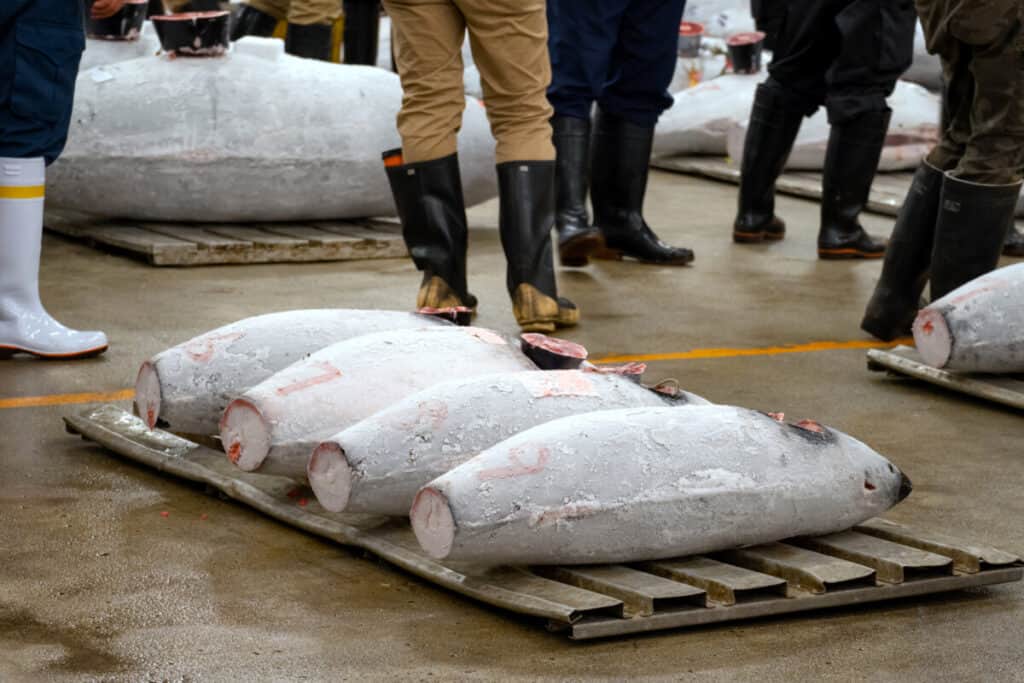
Can I eat at the Toyosu fish market?
Yes, there are plenty of places to eat around the fish market. In fact, there is a dedicated restaurant area that has also moved to the new fish market alongside the roughly 600 vendors.
There is a wide number of different sushi restaurants to choose from that buy their ingredients from the market itself, meaning that you can experience the fish market for yourself without the need to go down into the actual market.
Toyosu Fish Market Via Tripadvisor
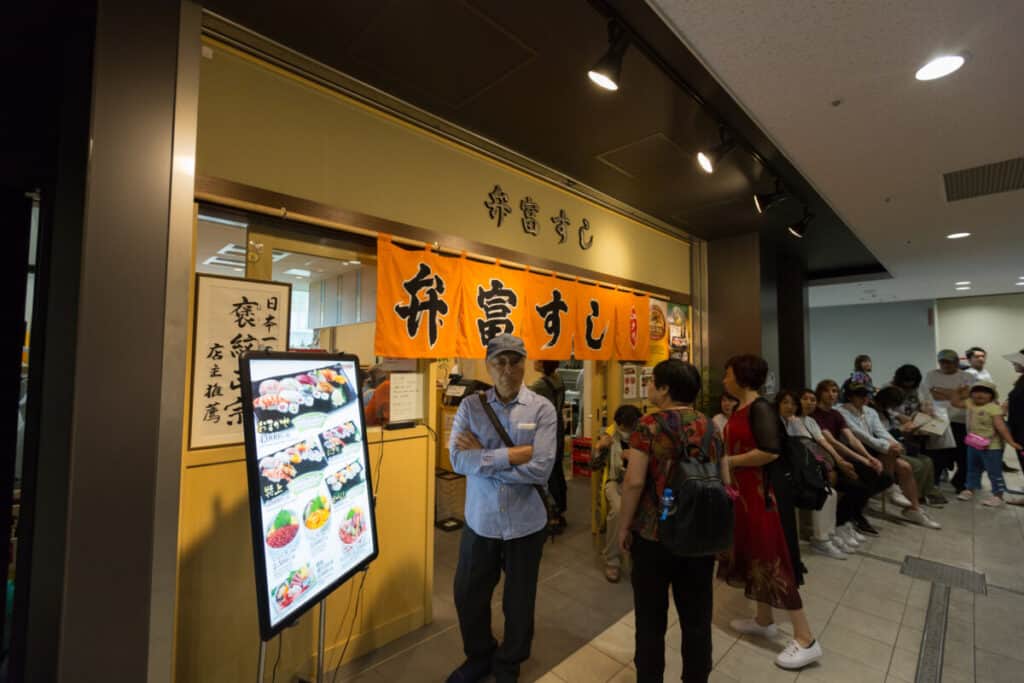
What is there to see and do in the other buildings?
As well as the fish market building there are also two other buildings that are dedicated to the sale of fruit and vegetables.
Market observation point
Just like in the fish market building, there are also viewpoints with large windows to allow you to see into the wholesale market down below. There is a large number of small wholesale vendors whose trade you can watch from above.
Auction observation point
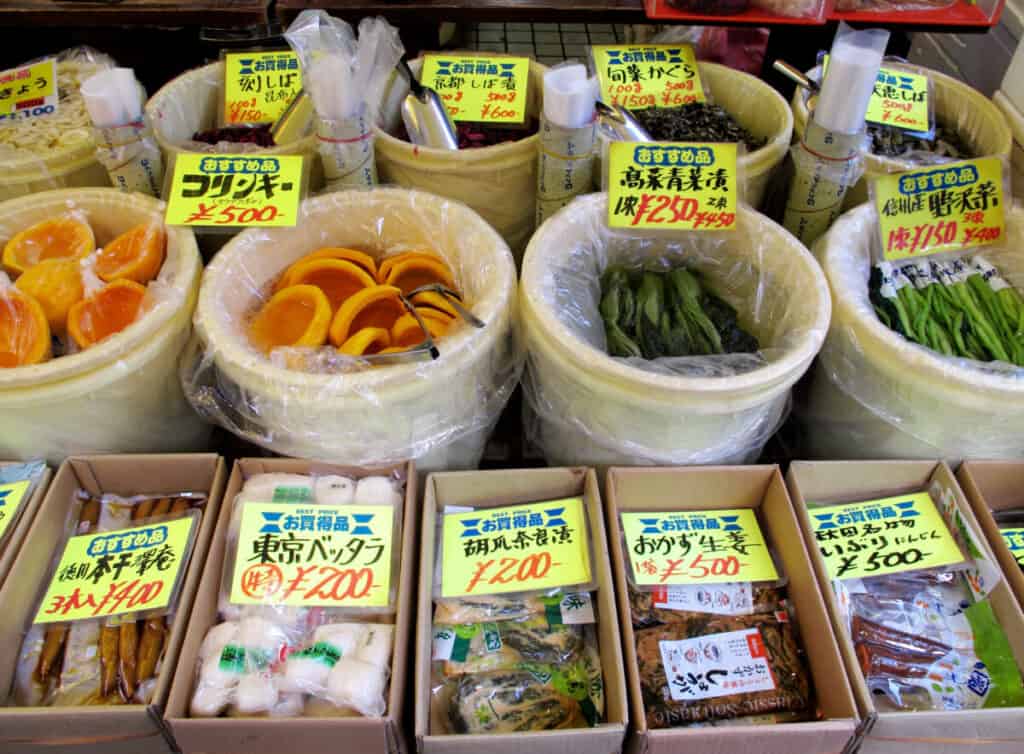
Toyosu Market Official Website
If you are after a little bit more action then head to the auction viewpoint where you will be able to see the auction of fruits and vegetables for Tokyo’s many restaurants and grocers. The fresh produce is auctioned in the mornings, so be sure to get to the observation point early to ensure the best possible view of the auction.










